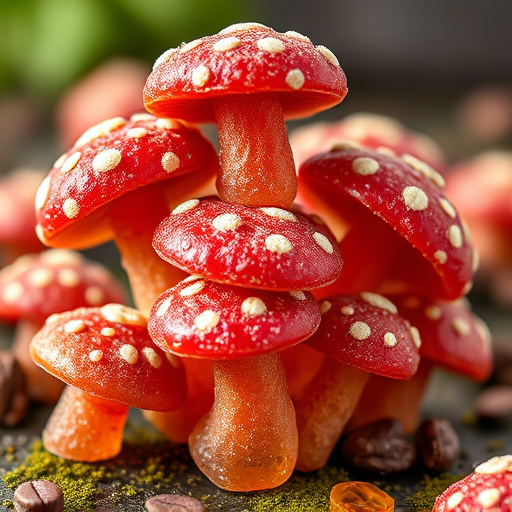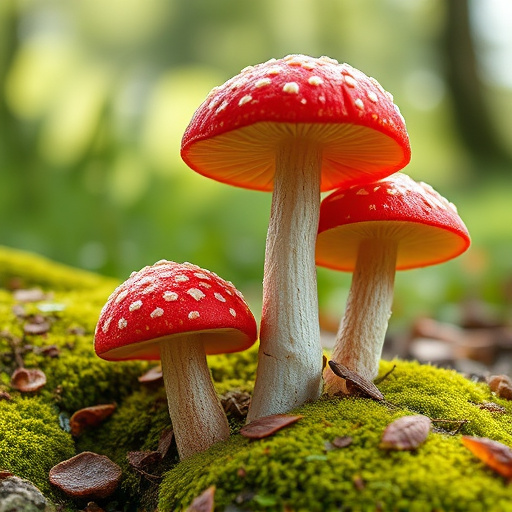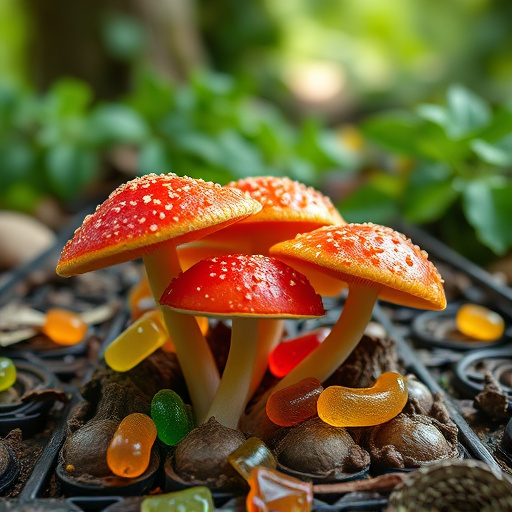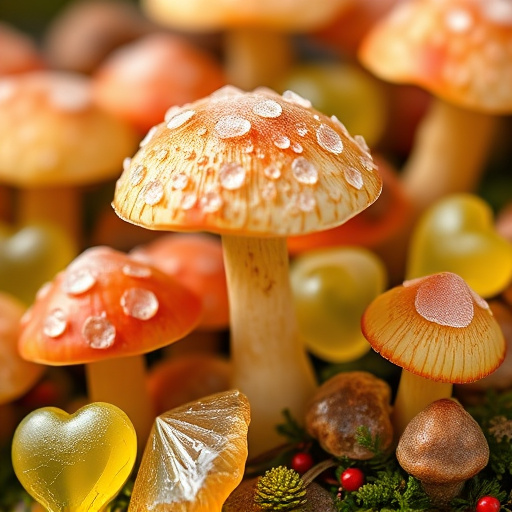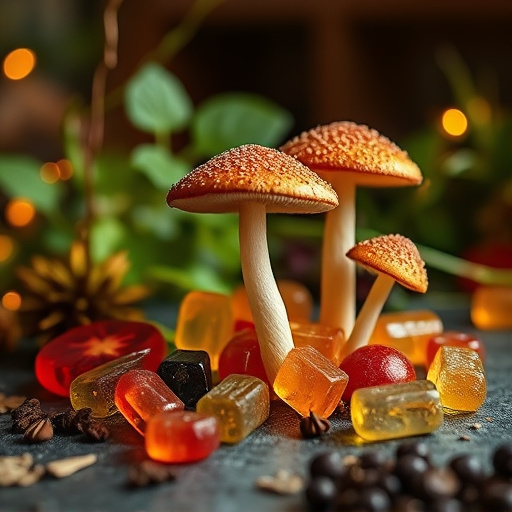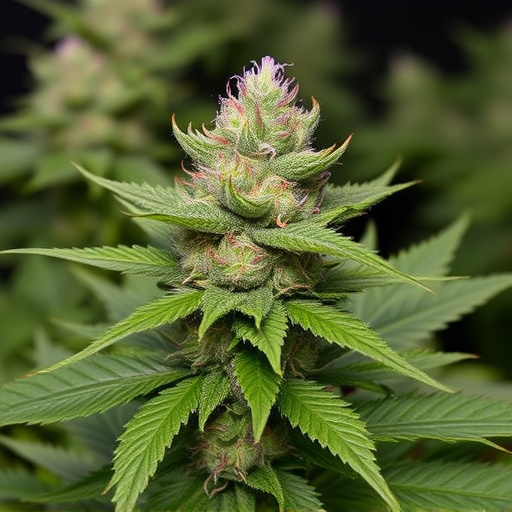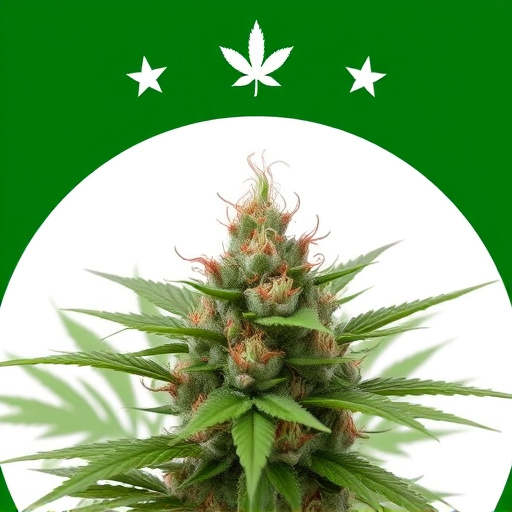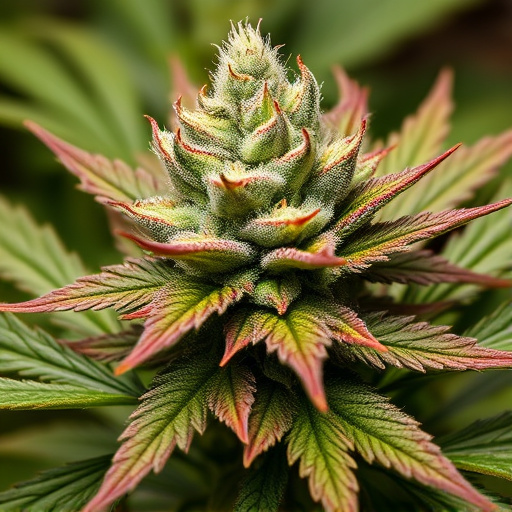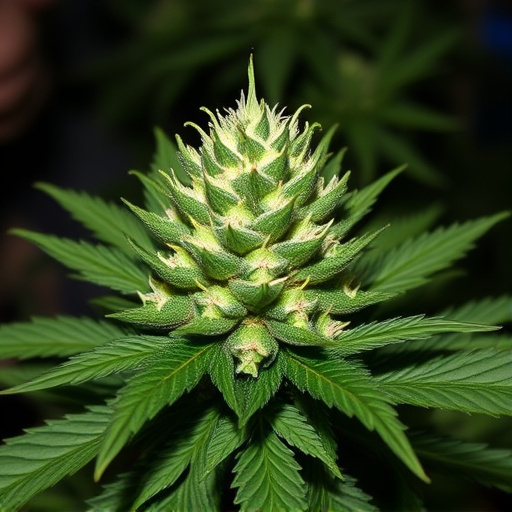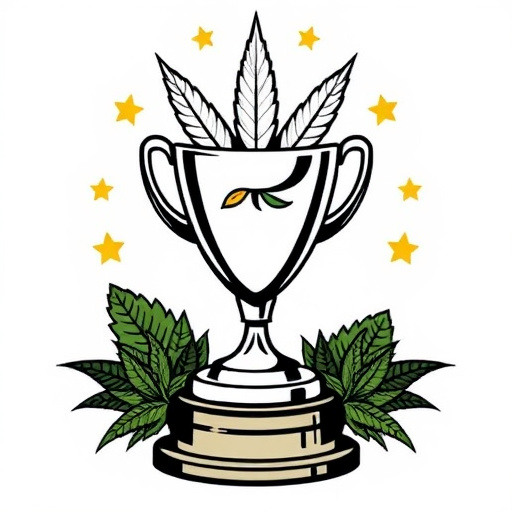“Unraveling the diverse world of cannabis smoking methods, from vaporization to dabbing and beyond, this article offers a comprehensive guide for cannabis enthusiasts. We delve into the health implications, exploring how vaporizing can reduce potential harm compared to burning. Additionally, we shine a spotlight on renowned Cannabis Cup-winning strains and how different consumption techniques enhance their unique effects. Prepare to discover the art of smoking, uncovering the secrets behind dabbing, joints, edibles, and more, as we navigate the diverse landscape of cannabis consumption.”
- Vaporization vs. Burning: The Health Factor
- – Comparison of health benefits and risks between vaporizers and traditional smoking methods.
- – Discussion on the potential reduced harm of vaporization for cannabis consumers.
Vaporization vs. Burning: The Health Factor

Vaporization and burning are two contrasting methods of consuming cannabis, each with its own set of implications for health and enjoyment. Vaporization involves heating cannabis to a specific temperature, usually between 180°C to 220°C (356°F to 428°F), which releases vapors that are inhaled. This method is often praised for being more healthy than burning because it avoids the production of harmful byproducts like tar and carbon monoxide, commonly associated with smoking. Moreover, vaporization preserves the aromatic compounds and terpenes in cannabis, enhancing the flavor and potential therapeutic benefits of the strains, including cannabis cup winning varieties known for their potent aromas and effects.
On the other hand, burning cannabis involves igniting the plant material, typically at much higher temperatures that can surpass 230°C (446°F). This process not only releases the desired cannabinoids like THC and CBD but also a range of volatile organic compounds (VOCs) and particulate matter. While these substances may contribute to the overall cannabis experience, they can be harmful when inhaled regularly, potentially leading to respiratory issues. For consumers concerned about health, vaporization offers an attractive alternative that preserves the essential oils while minimizing exposure to these hazardous byproducts, especially in comparison to burning methods.
– Comparison of health benefits and risks between vaporizers and traditional smoking methods.
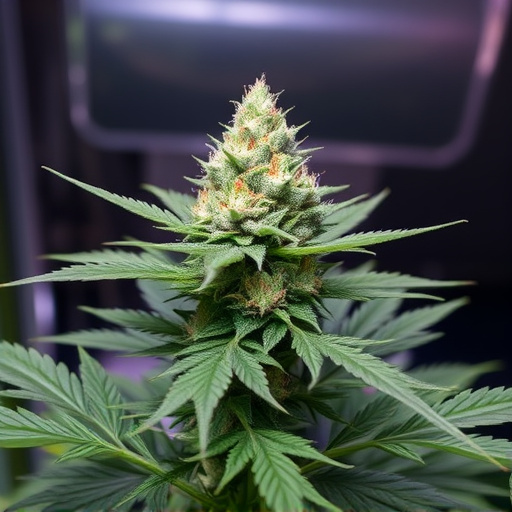
– Discussion on the potential reduced harm of vaporization for cannabis consumers.
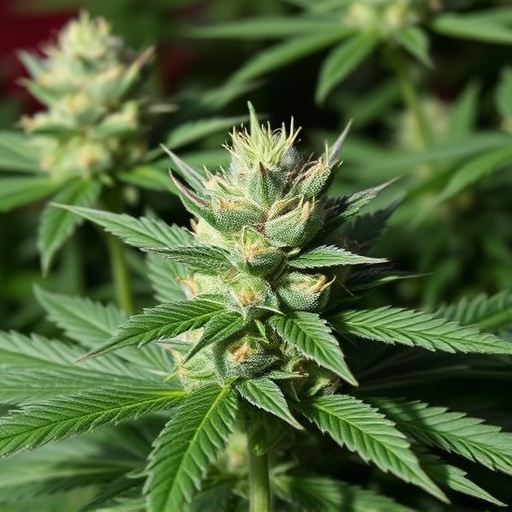
Vaporization, or vaping, has emerged as a popular alternative to traditional smoking methods for cannabis consumers. One of the key advantages often cited is its potential to reduce harm. Unlike combustion, which involves burning plant material and releasing numerous harmful chemicals, vaporization heats cannabis to a lower temperature, typically around 180-210°C (356-410°F). This process creates a vapor rather than smoke, eliminating the inhalation of tar and other toxic compounds.
Additionally, vaping allows for precise control over dosage and consumption speed, as users can adjust the temperature and take smaller, more measured puffs. This precision is particularly appealing to those who appreciate the nuanced effects offered by cannabis cup winning strains. By avoiding the harmful byproducts of combustion, vaporization may offer a safer way to enjoy the therapeutic benefits and diverse profiles of these high-quality strains, enhancing the overall experience for discerning consumers.
In comparing different smoking methods, especially considering the popular choice of cannabis cup-winning strains, vaporization emerges as a compelling alternative to traditional burning techniques. The former offers a more healthy and controlled experience by minimizing harmful byproducts and avoiding the combustion process. This method is particularly appealing for cannabis enthusiasts who seek both potency and safety, allowing them to enjoy their favorite strains without some of the associated health risks. By opting for vaporization, consumers can make a conscious choice that supports a more mindful and potentially improved well-being.
